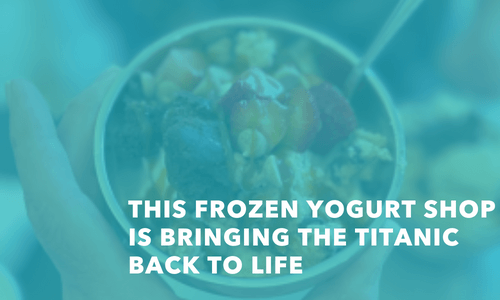Debunking 3 Common Myths About Ice Cream And Other Frozen Treats
Ice cream is incredibly unhealthy
Ice cream is considered a dessert, so it's clearly not as nutritional as a fresh serving of vegetables. Still, many people are a bit misinformed when it comes to determining the actual nutritional content of ice cream. Experts say it's actually a good source of Calcium and vitamin A. The key, however, lies in moderation. These benefits won't do you any good if you down an entire carton in one sitting! But indulging in a small serving when the mood strikes can actually be quite nourishing, both for the body and the soul.
Ice cream is bad for the throat
It's not quite clear where this myth originated -- possibly from a bad case of brain freeze! In reality, the exact opposite is true, and ice cream has long been revered as a remedy for sore throats. Ice cream can also often help to reduce mouth inflammation and is consistently recommended for those who recently got their tonsils removed. The soothing chilliness of the ice cream helps numb the area altogether and provides some comforting and delicious relief.
Lighter and fluffier ice cream is always higher quality
This is ultimately a matter of personal preference, but the density of ice cream has no correlation to its quality. The airy quality of ice cream is called overrun, which is a measure of the volume of air whipped into the recipe. It isn't clearly labeled on the package, but you can generally tell how much overrun a certain ice cream has by comparing its size to its weight. More overrun means a lighter and fluffier result, and less overrun means a thicker, denser, and richer consistency.
Ultimately, knowing the truth that lies behind these three ice cream myths can help you make the best decisions when it comes to indulging in frozen treats this winter. Grab a spoon and dig in!





